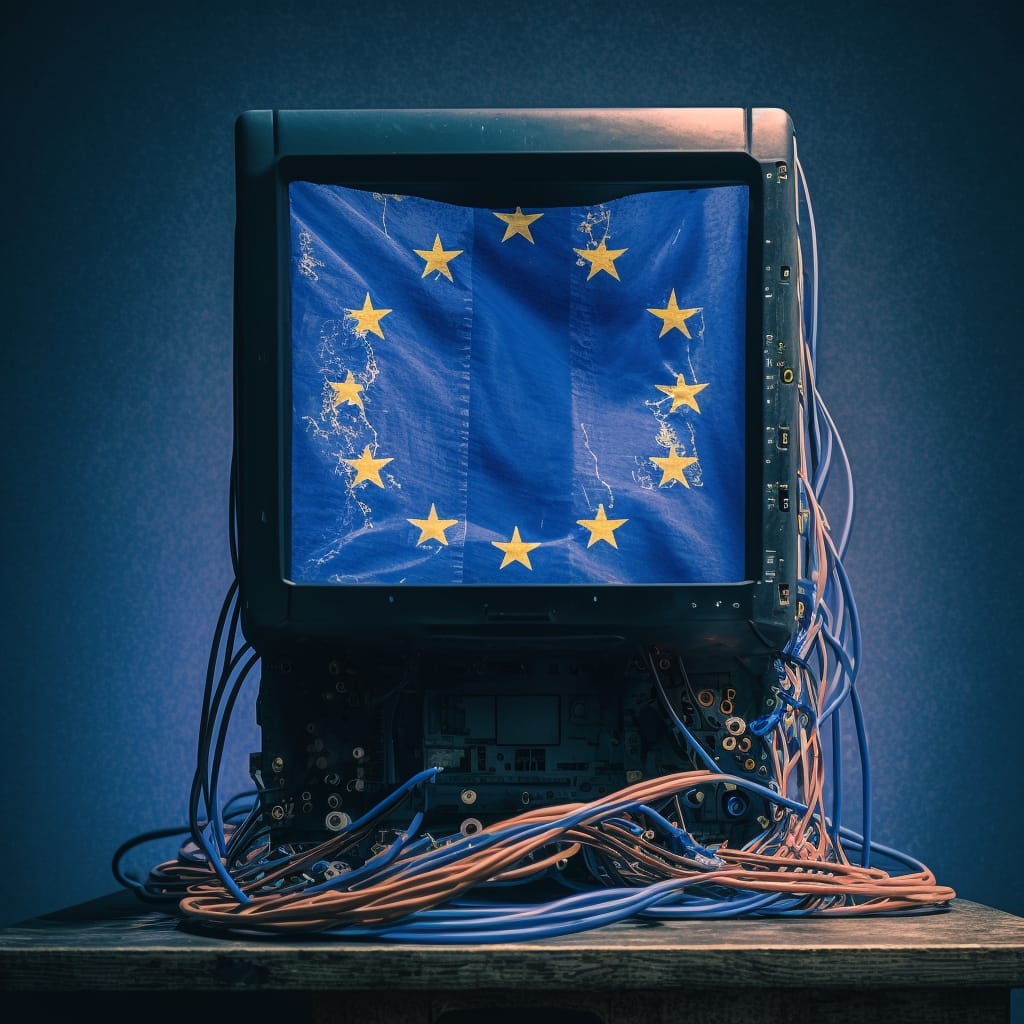Introduction:
The European Union is spearheading AI regulation with its latest draft of the Artificial Intelligence Act (AIA), poised to revolutionize the AI landscape. The AIA, last updated by the EU Parliament in June 2023, is a game-changer that goes beyond the General Data Protection Regulation (GDPR). In this blog, we’ll take you through the AIA’s preliminary thoughts and key highlights, providing insights into its implications for the world of artificial intelligence.
🔸 AIA: Unlocking Comprehensive AI Governance The AIA signifies a paradigm shift in AI regulation. Its emphasis on comprehensive risk assessments and plans sets the stage for responsible AI deployment, appealing to individuals and businesses alike.
🔸Empowering European AI Regulation The AIA wields significant regulatory powers, ensuring uniformity in AI governance. Direct reporting mechanisms from supervisory authorities to the European Commission and the EU AI board (EAIB) provide clarity and accountability, appealing to stakeholders seeking transparency.
🔸Integration for Seamless Compliance The AIA fosters the integration of compliance standards, aligning AI products with high-risk assessments, GDPR, cybersecurity, CE Marking, and more. This simplifies compliance, offering an attractive proposition for AI developers looking for a streamlined process.
🔸Adapting to Tech Advancements The AIA embraces innovation, introducing new terms like “Generative AI,” “Foundation Models,” and “Sandbox” environments. This adaptability aligns with the dynamic nature of the tech industry, making AI regulation more appealing to those in the know.
🔸Pre-Market Assurance and Notified Bodies Innovation continues as the AIA mandates pre-market monitoring for high-risk AI products. Involvement of notified bodies guarantees official approval, enhancing compliance and appealing to consumers looking for AI products they can trust.
🔸Transparent and Accountable The AIA’s commitment to transparency is a key selling point. An open database builds trust, promoting cooperation among national supervisory authorities. The appeal of accessible information is undeniable.
🔸Upholding Core Principles The AIA’s core principles, including privacy, consumer protection, environmental sustainability, and product recall requirements, appeal to companies aiming to meet high proficiency standards before marketing AI systems categorized as high risk.
🔸Reinforcing Privacy and Data Protection Privacy and data protection are cornerstones of the AIA, reinforcing the GDPR’s position as the parent regulation. This emphasis appeals to users and stakeholders who prioritize data privacy.
Conclusion
The Artificial Intelligence Act represents a watershed moment, aligning AI with European values and regulations. The future promises transformative change in AI development and usage. In our next blog, we’ll delve into high-risk AI systems, exploring diverse categories and essential compliance procedures under the AIA.
Stay engaged with our updates on the ever-evolving world of AI regulation, and join the conversation with #AIAct and #AIRegulation. The future of AI in Europe is bright and appealing. 🌐🤖💼 #AIRegulation #GDPR #Compliance #EuropeanPrinciples





